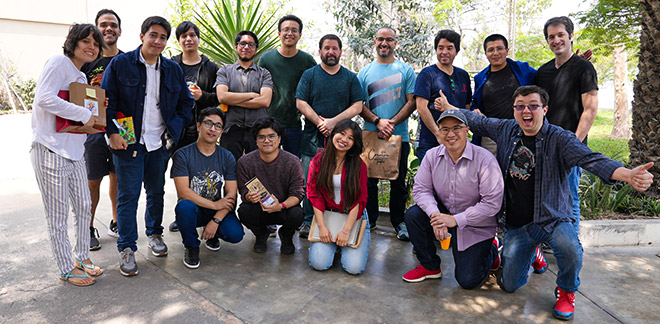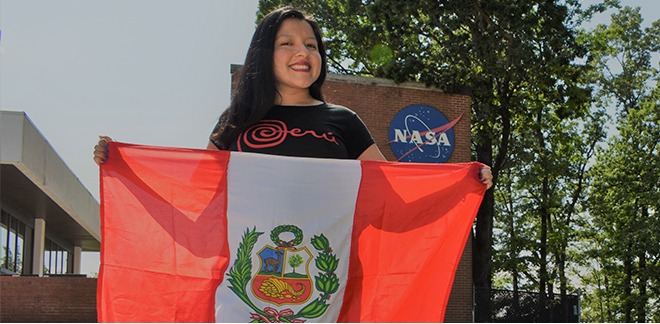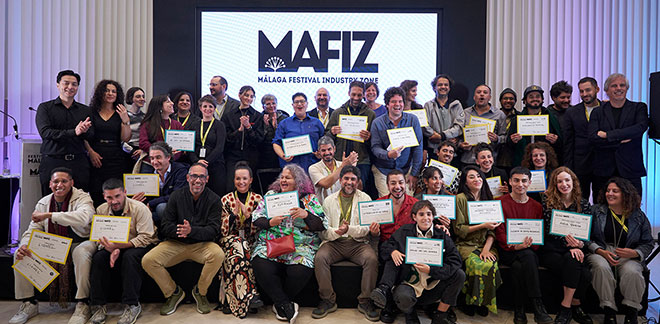Discover the incredible story of the heroic Peruvian doctor Daniel Alcides Carrión
Síguenos en:Google News
The history of Peru is full of heroic characters who gave their lives for the country and its inhabitants. Some did so in times of war, others – like the hundreds of doctors fighting COVID 19 today – were on the front lines of finding cures for the raging epidemics that have hit Peru and left it in mourning. One of them, and perhaps the most well-remembered during these times of pandemic, is doctor Daniel Alcides Carrión.
Also considered a martyr of Peruvian medicine, he was born on August 13, 1857 in the Andean region of Cerro de Pasco. From the moment he was born, it was his young mother who brought him up after his father, a political exile, decided not to be by his side. However, that did not prevent the brilliant doctor from leading a humble but peaceful life full of small achievements.
His first steps
From a very young age, he was sure of one thing: he wished to pursue a career that would allow him to help others. And so he did. He entered the medical school of the Universidad de Cerro de Pasco. But, guided by his instinct and his desire to better himself, he managed, in 1880, to finish his studies at the Universidad Nacional Mayor de San Marcos, just one year after the end of the War of the Pacific. During this period, Alcides dedicated himself to helping and healing soldiers.
At that time, Peru was recovering from the ravages of the conflict, so it was up to the university students of that time – including Alcides – to finish their education amidst the rubble left by the conflict. In the midst of all this, he also had to endure the segregation enforced by medical enthusiasts and, in addition, the division of his faculty: one group formed the Academia Libre de Medicina and another took over the Facultad de San Fernando.
A hero of Medicine
“He was a good figure, our hero. Brave. He gave his life for science. It was not to obtain material things or recognition; he did it to help those who were suffering,” wrote surgeon Bertilo Malpartida Tello in his book dedicated to Carrión.
At the end of the 19th century, Alcides set his eyes on a new evil that was plaguing the population: the wart. The infectious focus of the disease was the construction site of the Central Railroad from Lima to Huancayo and Cerro de Pasco. People initially thought that the wart was caused by the gravel brought from La Oroya, which was used for the work. For this reason, the villagers began to call the disease Oroya Fever.
Intrigued by the disease, which caused the symptoms of anemia and high fevers and cost the lives of many civilian workers, Alcides decided to devote himself entirely to finding a cure. His enthusiasm grew even stronger after he learned that they had launched a competition to discover what caused the wart.
But analyzing the problem from the outside was not enough for him. Carrion wanted to go further than his colleagues. It was then that he decided to inject himself with blood contaminated with the disease and observe from his own experience the evolution of the symptoms. In total, nine medical records were published by Carrion in which he recounted the wart process in his body. In this experiment he was not alone: medical students accompanied him during the process, seeing how his body gradually declined further and purple spots appeared on his skin.
“At 11 a.m. on the fourth day of the inoculation he expressed his wishes to be transferred to the Hospital Francés for a blood transfusion, given the seriousness of his condition. We proceeded to dress him and placed him on a couch while the stretcher on which we were to move him was being prepared. He asked for a cigarette. And smoked it quietly. After he was told that everything was ready, he addressed Mr. Yzaguirre, a first-year medical student, with these solemn words: “I'm not dead yet, my friend. Now it is your turn to finish the work already begun, following the path I have laid out for you,” reads one of the notes left by his assistants.
It was on October 5, 1885 that Alcides, minutes after exclaiming the phrase “I am thirsty,” departed the world of the living. Thanks to his sacrifice, they managed to find the origin of the disease, which was caused by a germ with the scientific name Bartonella bacilliformis. Carrion managed to confirm with his body the inoculability of this disease, which was what needed to be proven. In this way, from that moment on, it was possible to treat this disease and thus save lives. Something he always dreamed of doing.
Sources: El Peruano/ UNMSM/ El Comercio/ RPP








